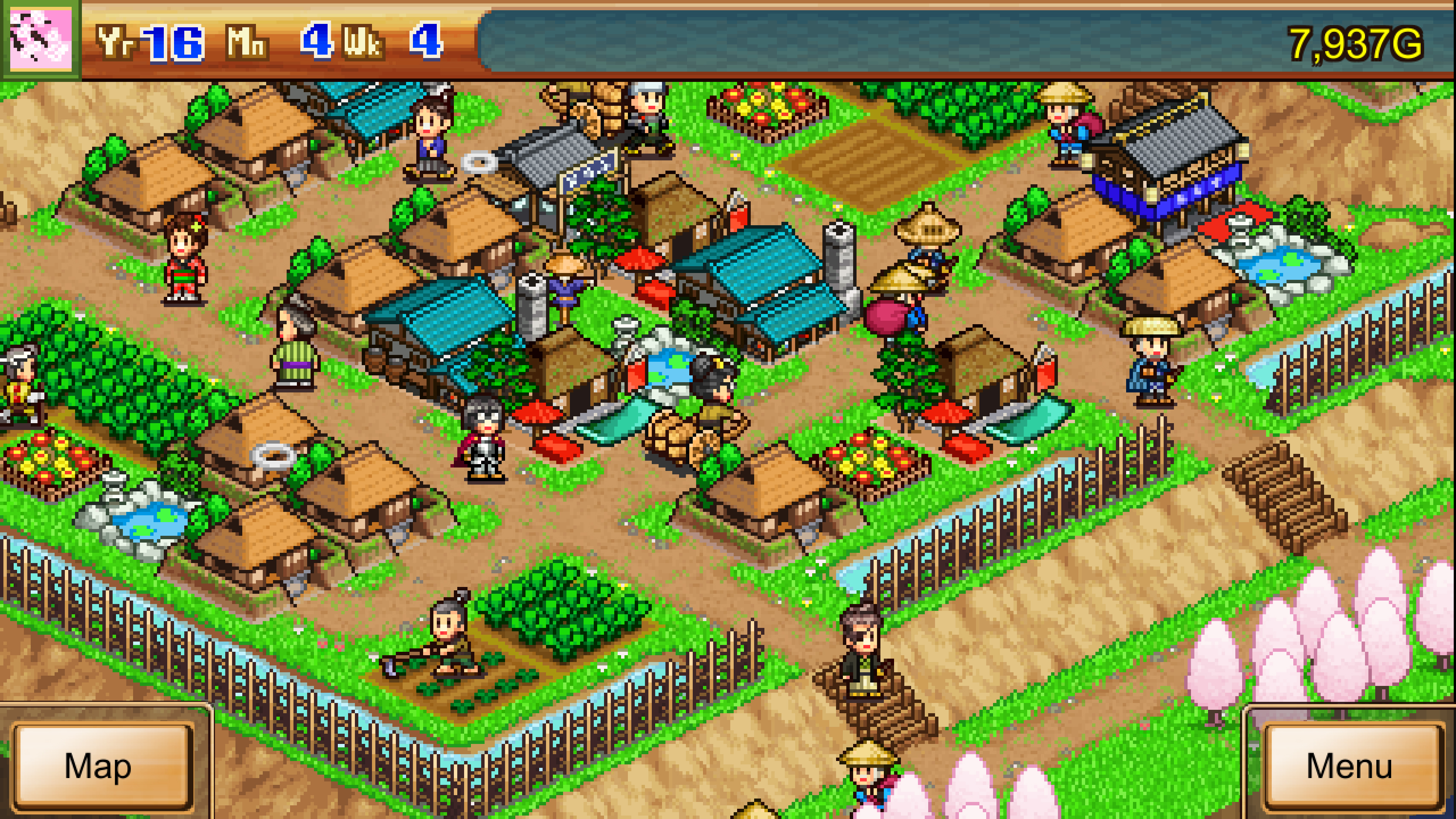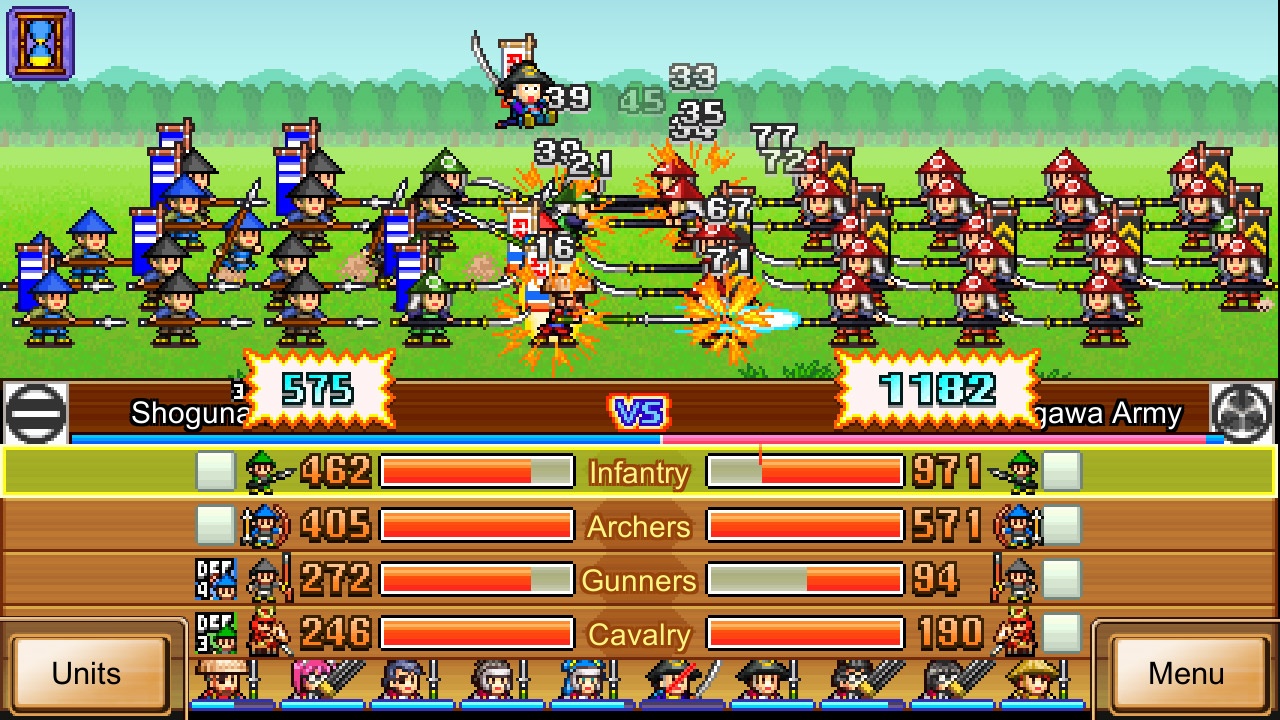
"It feels so comfortable, I really want to experience it again~." One by one, silkworm pupa-like wooden roots rose from the ground and spread over the entire battlefield, and then the silkworm pupa-like wooden roots gradually withered yellow, revealing the Konoha Ninja wrapped in it. If english text doesn't appear then scroll down a bit and everything will be fixed. There are also a number of fun activities that are particularly good for children such as climbing walls, swinging ropes, pottery classes and the Mizugomo Water Spider Pond, where you attempt to get across the water using two floating rings and a rope.Naruto God Level Career System Chapter 117 Giving a real insight into the mind of the ninja, it's probably the most interesting attraction at the village. There are trap doors, fake doors, escape hatches and a number of other hidden compartments.

This is evident as we take a tour of the ninja house that belonged to the Fujibayashi family in the mid 1800s. Ninja basically did whatever they could to survive and thrive, and had innovative ways to do so. They’d be extremely bad luck for those on the receiving end, however, as their blades would often be laced with poison such as aconite or horse droppings, meaning one small nick could lead to lockjaw or worse. As well as slinging them at their assailants, some hid them in their palms for a more slicing slap or chop, while others simply kept them as charms. Kitazawa tells us the shuriken (its name literally means "sword hidden in the hand") was used in a variety of different ways by ninja. “This helped to create this image that we see in movies today, which is actually quite different to what they were really like.” Essentially, they hammed up their ruthlessness for action-hungry audiences. “In 1600, at the end of the Sengoku (Warring States) Period, after peace had finally arrived, ninja started to use their skills in the entertainment industry, like kabuki and street performing,” he says. So where did this depiction of them as brutal killers come from? According to Kitazawa, it goes back over 400 years. He describes them as a “vigilante group who lived in a feudal system with a strict class divide and therefore tried hard to make their lives better by any means possible.” Kitazawa also dismisses the notion that ninja were deadly assassins or secret agents who would constantly eliminate enemies, but does allude to their difference from more "chivalrous" samurai, whom they are not to be confused with. They had something known as shichi-hode (seven disguises), where they would appear in various forms, such as peasants, travelers, salesman of medical goods, and so on.” They basically wore clothes like everybody else. “Think about it: if there were, people would recognize them far too easily. “There is no such thing as a ninja costume,” says Kitazawa.

But while the outfits at Koka Village actually do fit the Hollywood mold-and are all the more fun for it-ninja clothing was in fact much more varied.

What better way to understand their true appearance, mask and all, than by getting dressed up ourselves? At least that’s what we thought. When we reach Koka we meet Akira Kitazawa, a ninja expert in the process of translating thousands of pages of historical documents into modern-day Japanese in order to give people a better understanding of who this secretive group really were.įirstly, he takes us to the changing room. Hidden away deep in the forest, this was said to be an ideal spot to learn about the arts of espionage, sabotage and infiltration. But going further back, the area hosted one of Japan's most prominent schools of ninjutsu-usually translated as "the way of stealth," though nin (忍) literally means forbearance and jutsu (術) means technique.
Ninja village movie#
Koka was the location for part of 3 Ninjas, a slightly dodgy 1992 kids’ movie you may remember slightly more vaguely than that Japan-set Bond flick.


 0 kommentar(er)
0 kommentar(er)
